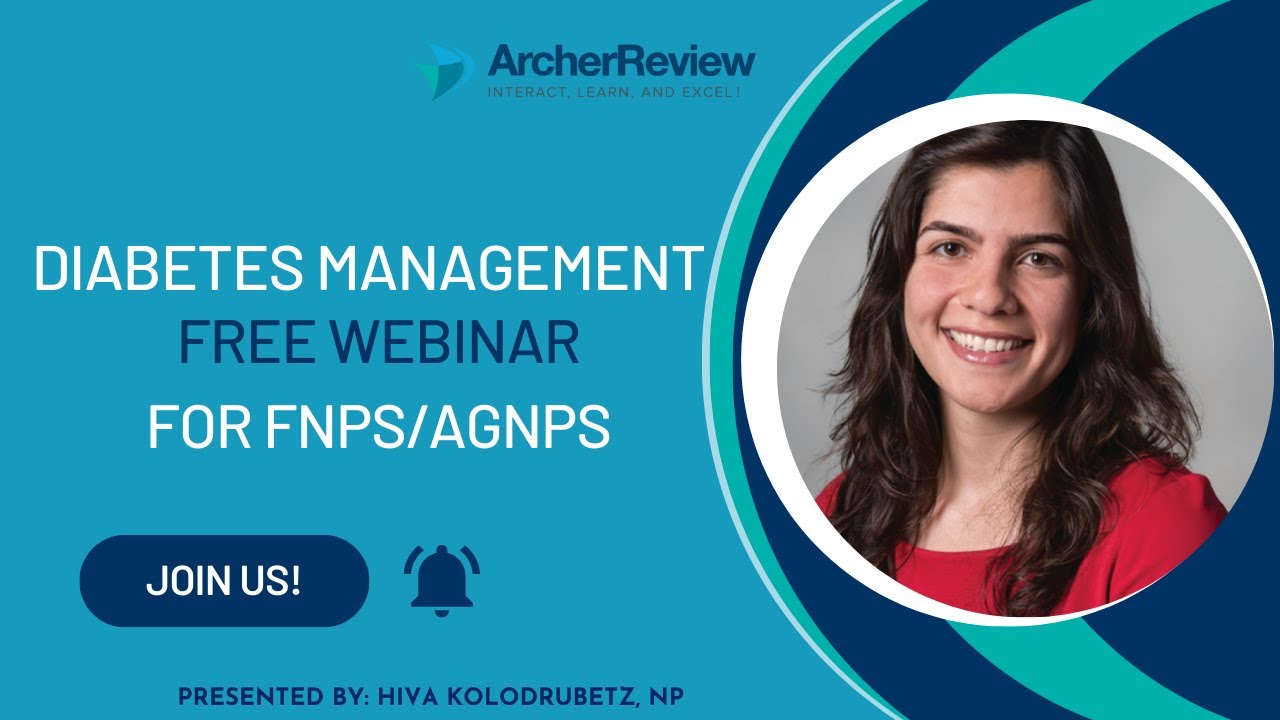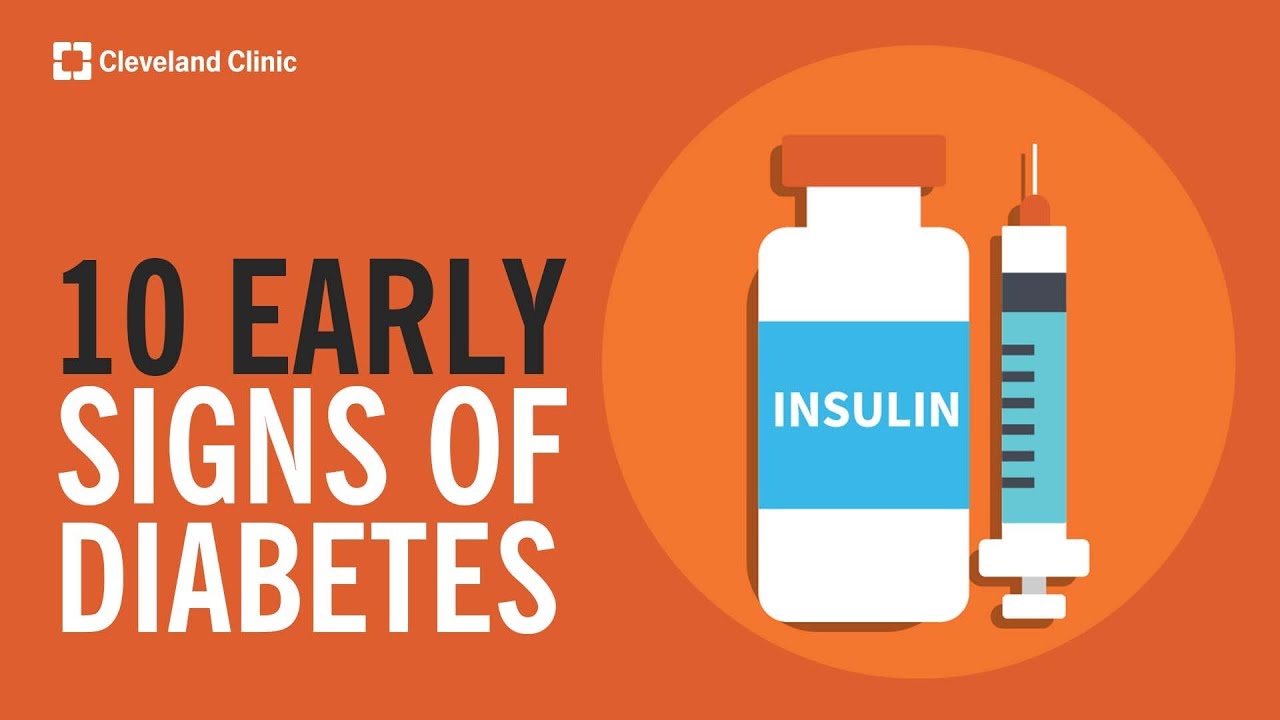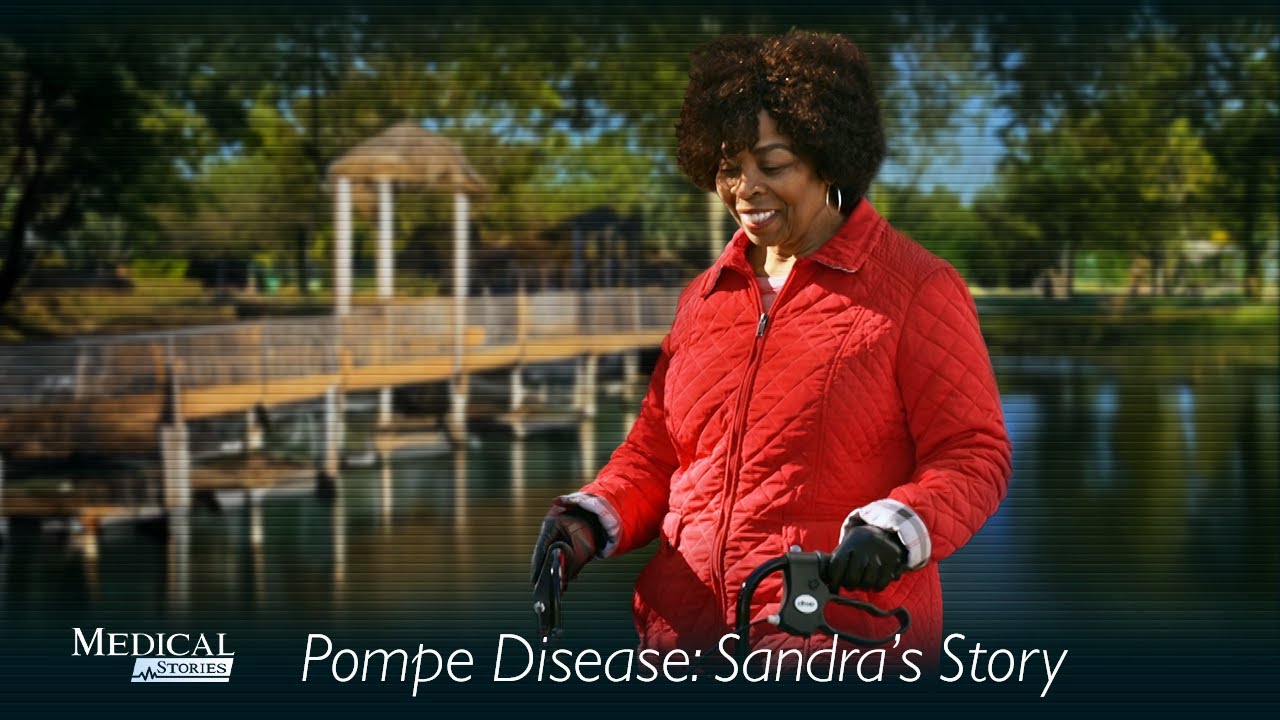Case finding approach misses most cases of thyroid disease during pregnancy
Reuters Health • The Doctor's Channel Daily Newscast
Furthermore, when low-risk women are identified by screening and treated, adverse outcomes are reduced.
In a February 3rd online report in the Journal of Clinical Endocrinology and Metabolism, Dr. Roberto Negro, from V. Fazzi Hospital, Lecce, Italy, and colleagues describe a study in which 4562 pregnant women were randomized either to a case finding approach or to universal screening for thyroid dysfunction by measurement of free T4, thyroid-stimulating hormone (TSH), and thyroid peroxidase antibody
In the case finding protocol, indications for testing included a family history of autoimmune thyroid disease, presence of goiter, symptoms and signs consistent with thyroid dysfunction, a history of type 1 diabetes or other autoimmune disease, prior neck irradiation, prior miscarriage, and preterm delivery. Low-risk women in this group were screened after delivery.
In all cases, women with TSH levels > 2.5 mIU/L and thyroid peroxidase antibodies were treated with levothyroxine. Women with undetectable TSH and elevated free T4 received anti-thyroid medication at the discretion of an endocrinologist.
In the universal screening group, 91.0% of women were euthyroid without antibodies, 5.8% were euthyroid with antibodies, 2.8% were hypothyroid, and 0.4% were hyperthyroid. The corresponding percentages in the case finding group were not significantly different: 91.6%, 5.7%, 2.4%, and 0.3%.
Among the 1798 low-risk women in the universal screening group, 51 (2.8%) were diagnosed with thyroid dysfunction and treated. The number needed to screen to detect one hypothyroid or hyperthyroid woman was 36, according to the authors.
Overall, universal screening did not reduce adverse outcomes compared with the case finding approach. When the analysis was confined to low-risk women, however, adverse outcomes were significantly less likely to occur with universal screening (odds ratio, 0.43). This is presumably due to the fact that low-risk women in the case finding approach would not have received any treatment until after delivery.
“Treatment of identified thyroid hormonal abnormalities during pregnancy results in a significant decrease in adverse outcomes,” the authors conclude. “Our study confirms that case finding fails to detect the majority of pregnant women with thyroid disease.”
Reference:
J Clin Endocrinol Metab 2010.








